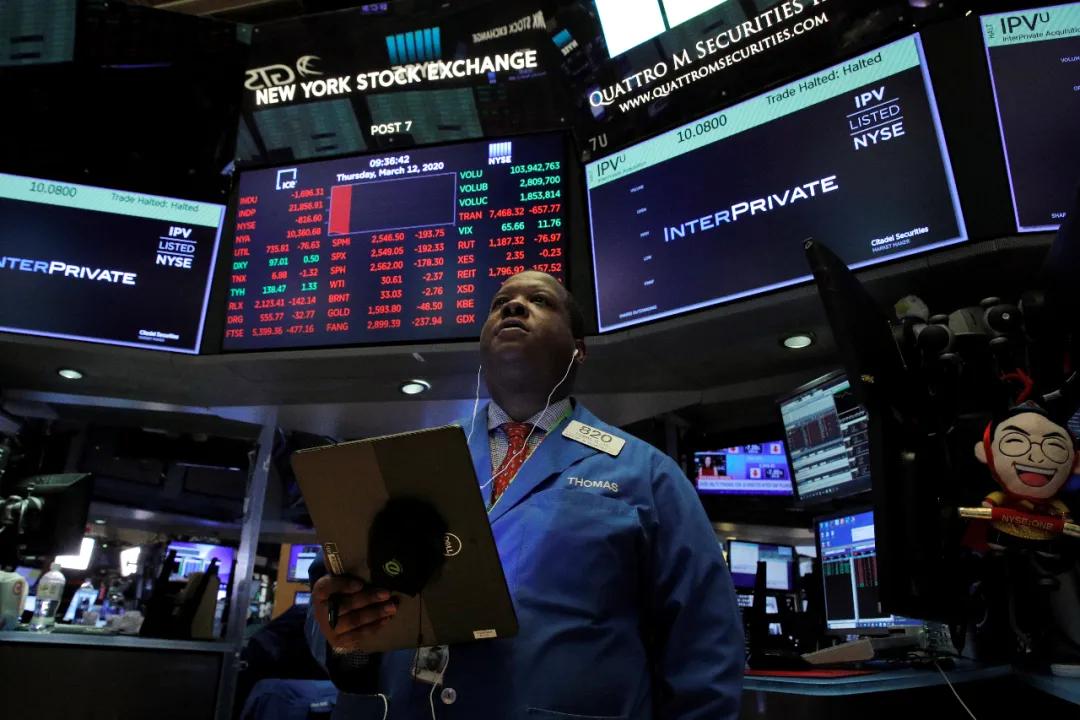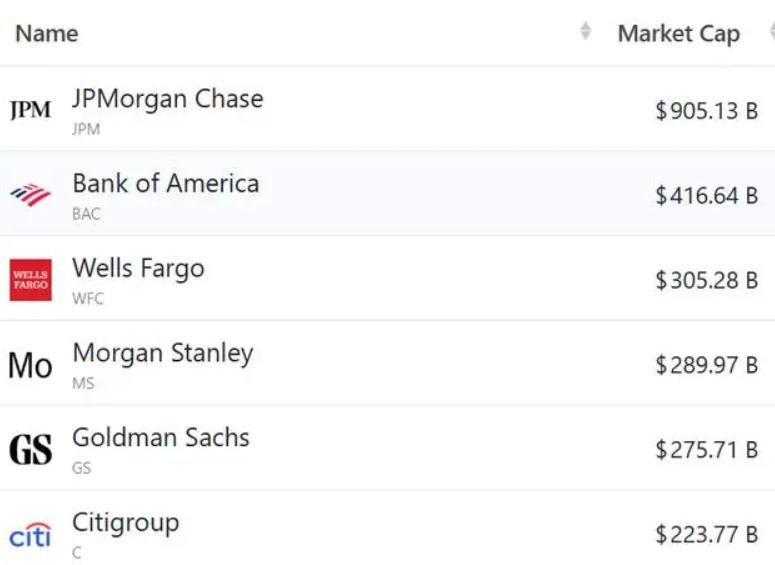
The US financial market has always held a pivotal position in the global financial system. Its every move reverberates throughout, profoundly impacting the global economic landscape. While the US financial market appears to be maintaining prosperity, a deeper examination reveals numerous problems and challenges.
Data indicates that the US stock market has rebounded sharply after a first-quarter correction, even reaching new highs. For example, the S&P 500's forward price-to-earnings ratio has climbed to 22 times, approaching levels seen at the end of the dot-com bubble. High valuations make the stock market increasingly vulnerable, and a shift in market sentiment could trigger a massive sell-off. Historically, September has been the most volatile month for the US market. Since 1927, the S&P 500 has declined in September 56% of the time, with an average decline of 1.17%. Over the past decade, this figure has been even worse, with an average decline of 1.93%. Currently, pension funds and mutual funds are facing portfolio rebalancing at the end of the quarter (end of September), which could be the trigger for selling pressure. Meanwhile, hedge funds' recent stock holdings have reached high levels, increasing the risk of over-expansion and further adding to stock market instability.
In the bond market, the U.S. Treasury market, as the world's largest bond market, is a key channel for government financing and a safe haven for global investors. However, the current U.S. government debt is massive and continues to grow. On July 4th, Trump signed legislation raising the U.S. debt ceiling by $5 trillion. It is expected that the net increase in U.S. debt will exceed $2 trillion in the second half of this year, with an average monthly increase of over $350 billion. Such large-scale bond issuance will, on the one hand, increase the market supply and put downward pressure on bond prices; on the other hand, it may lead to increased market concerns about the U.S. government's debt repayment ability, pushing up Treasury yields and, in turn, raising government financing costs, creating a vicious cycle. Furthermore, the corporate and municipal bond markets are also facing numerous unfavorable factors, including an economic slowdown, declining corporate profits, and increasing fiscal pressure on local governments, leading to an increase in default risk.
Job market data also cast a shadow over US financial markets. The US unemployment rate rose by 0.1 percentage point month-over-month to 4.2% in July, with only 73,000 new jobs added in the non-farm sector, far below market expectations of 110,000. The deteriorating job market not only dampens consumer confidence but also threatens personal consumption, a key driver of US economic growth. Weak personal consumption will negatively impact corporate profits, which in turn will be transmitted to financial markets, triggering a chain reaction of stock market declines and increased bond default risks.
To address downward economic pressure, the Federal Reserve's monetary policy direction has become a key focus of market attention. Currently, market expectations are strong for a Fed rate cut, but the Fed faces a dilemma in its decision-making. On the one hand, weakening economic data and a deteriorating job market require an accommodative monetary policy to stimulate the economy; on the other hand, inflation risks remain, and tariffs and the "Big Beautiful Act" could further exacerbate inflationary pressures. If the Fed cuts interest rates rashly, it could trigger runaway inflation; if it maintains interest rates or raises them, it could exacerbate the risk of a recession. Furthermore, the Trump administration's interference in the Fed's independence has increased monetary policy uncertainty. The dispute between Federal Reserve Board Governor Tim Cook and the federal government has raised questions about the Fed's ability to maintain independent monetary policy under political pressure, undoubtedly adding further uncertainty to the already complex financial markets.
In summary, beneath the surface of prosperity, the US financial market harbors undercurrents. The intertwined issues of high stock market valuations, potential risks in the bond market, a deteriorating job market, and the dilemma of monetary policy create significant uncertainty for the future development of the US financial market. Investors must remain vigilant, closely monitor market dynamics, and make prudent investment decisions. Policymakers, in turn, must balance the pros and cons and formulate reasonable and effective policies to maintain financial market stability and sustainable economic development.

Driven by the Trump administration's push to relax financial regulations and the recovery of investment banking business, the market value of the six major banks in the United States has cumulatively increased by approximately 600 billion US dollars by 2025.
Driven by the Trump administration's push to relax financia…
On Christmas evening, U.S. President Trump posted on social…
According to multiple foreign media reports, the recent fin…
The middle class, once regarded as the cornerstone of Ameri…
On December 19th local time, the US military launched a lar…
The Boxing Day sunshine should have cast a false glow of pr…